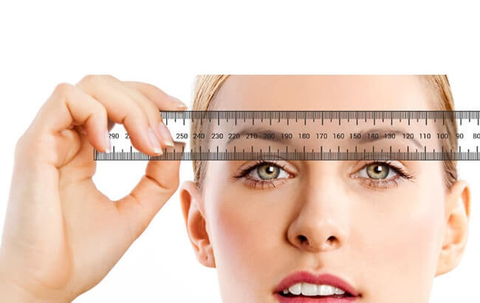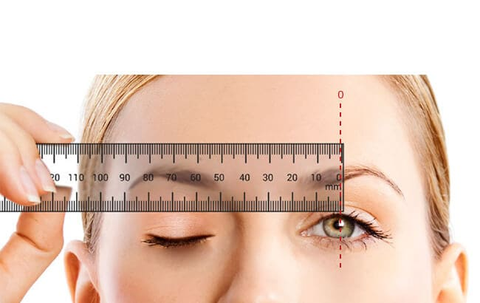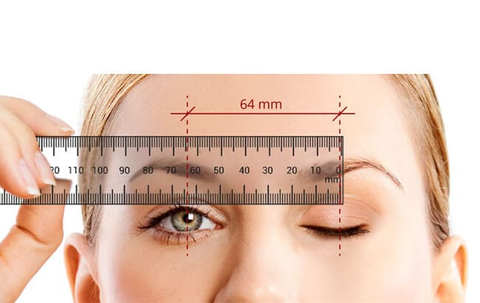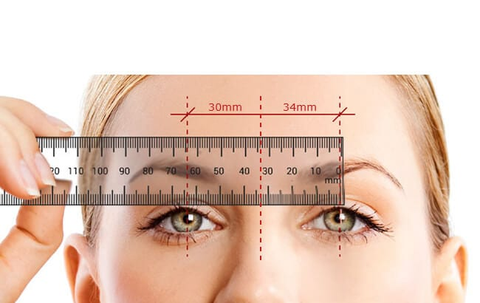How to Measure Your Pupillary Distance
Measuring your pupillary distance (PD) is a crucial step in ensuring that your glasses provide you with optimal vision and comfort. Here's a guide on how to measure your PD accurately.

How to Measure Your PD By Yourself?
Step 1: Stand in front of a mirror approximately 8 inches away and hold the wearfumbo PD Ruler against your brow.
Step 2: Hold the PD ruler over your eyes and close your right eye. Center the 0 over your left pupil.

Step 3: Close your left eye and open your right. The number you see over your right pupil is your PD.

Step 4: Repeat this process at least three times to ensure you have an accurate measurement.
Measure it with a friend’s help
Step 1 : Stand with a friend facing you, look straight ahead and place the wearfumbo ruler on the bridge of your nose.




1. The average PD is between 54mm and 78mm.
2. For those requiring progressive lenses, we strongly recommend you get this information from your optician to ensure the accuracy of your glasses.
3. Your PD may be written in three ways:
▪ PD (OU), written as "64", means the Binocular PD which is for both eyes.
▪ PD (OD), means the Monocular PD for the right eye, PD (OS), means the Monocular PD for the left eye. A Monocular OD is written as two numbers, for example "32/30", "32" represents the PD for the right eye, and "30" for the left eye.
▪ Sometimes PD is written as "62/59" or they are labeled "Far" and "Near". Your PD is usually measured for distance vision, which is "Far PD", or "62" in this example. For reading glasses, doctors measure your "Near PD" or "59" in the example.
Always enter your "Far PD" for distance vision eyeglasses and enter your "Near PD" for your reading glasses only. For most people, the difference between Far PD and Near PD is about 2-3mm.
Always enter your "Far PD" for distance vision eyeglasses and enter your "Near PD" for your reading glasses only. For most people, the difference between Far PD and Near PD is about 2-3mm.

